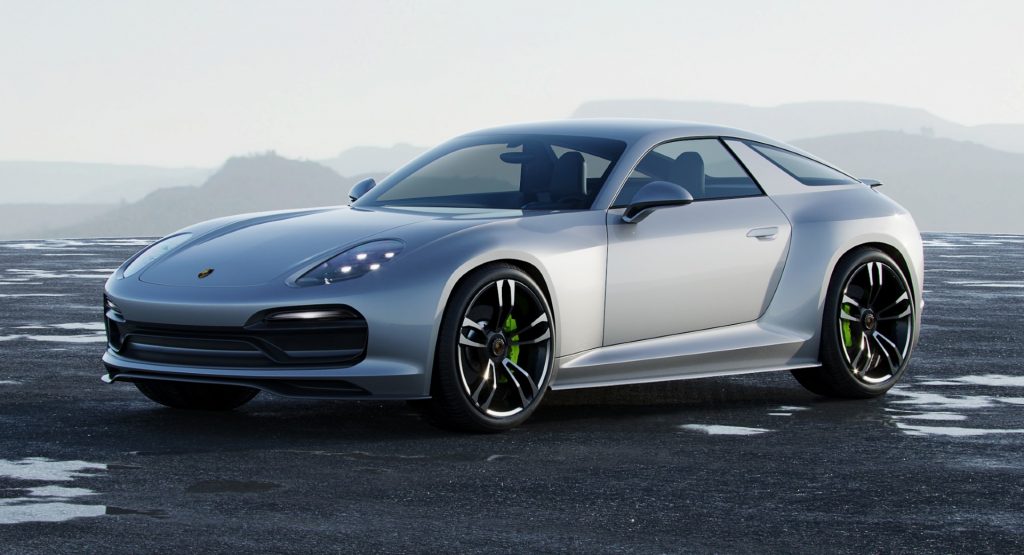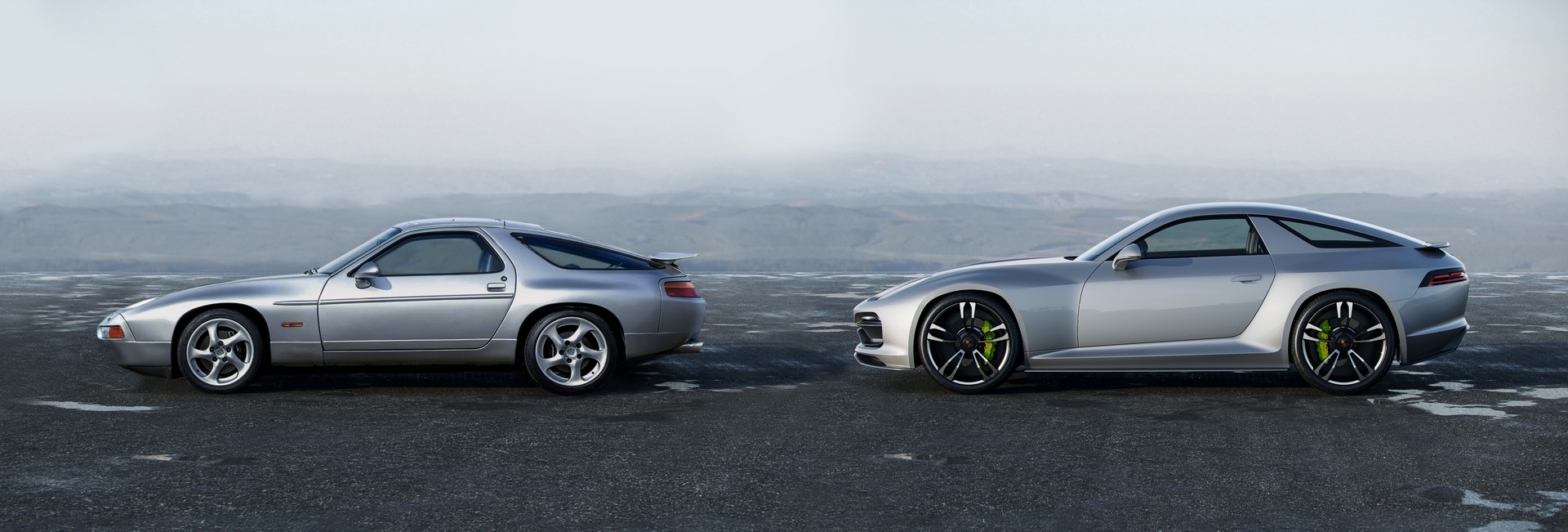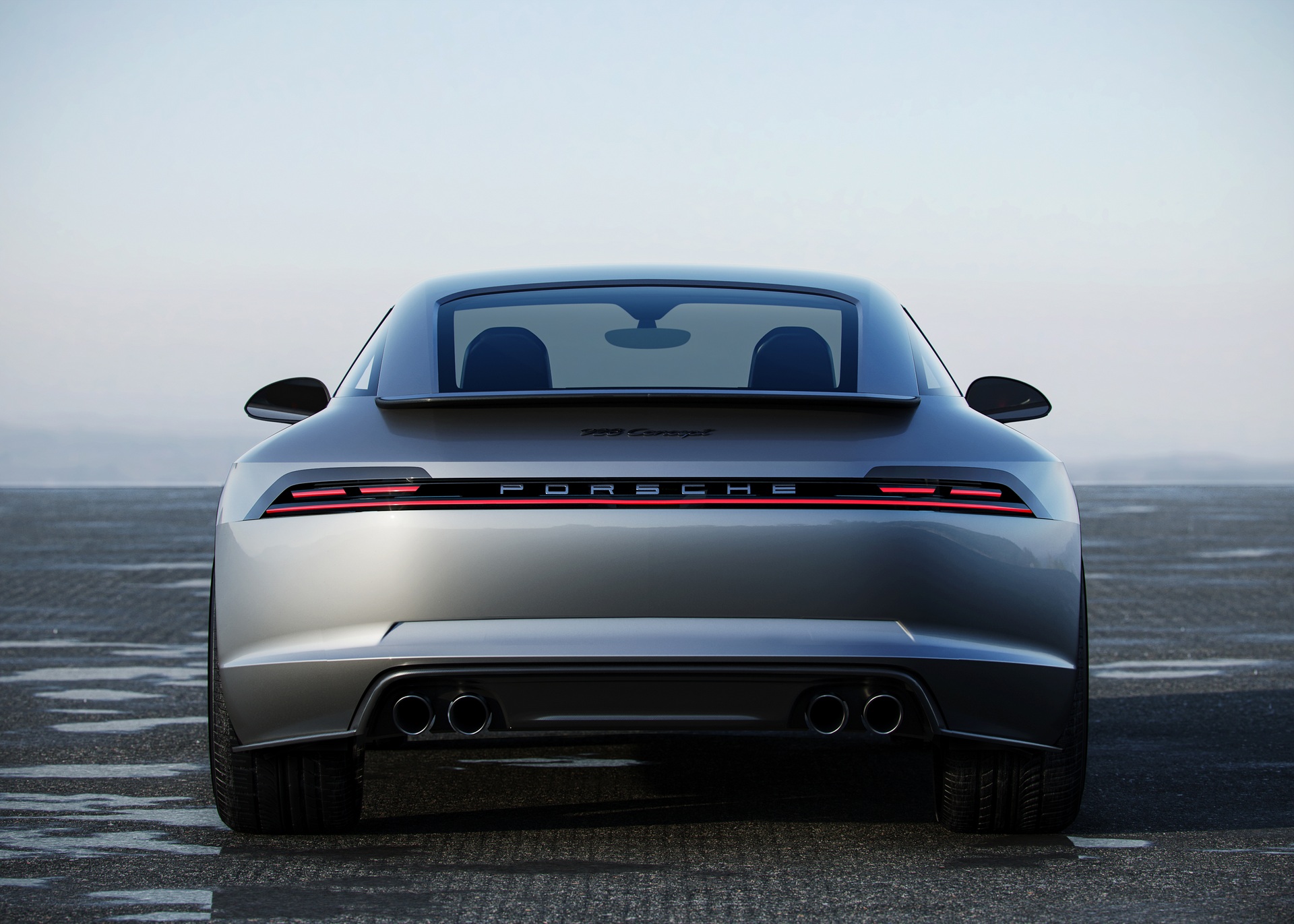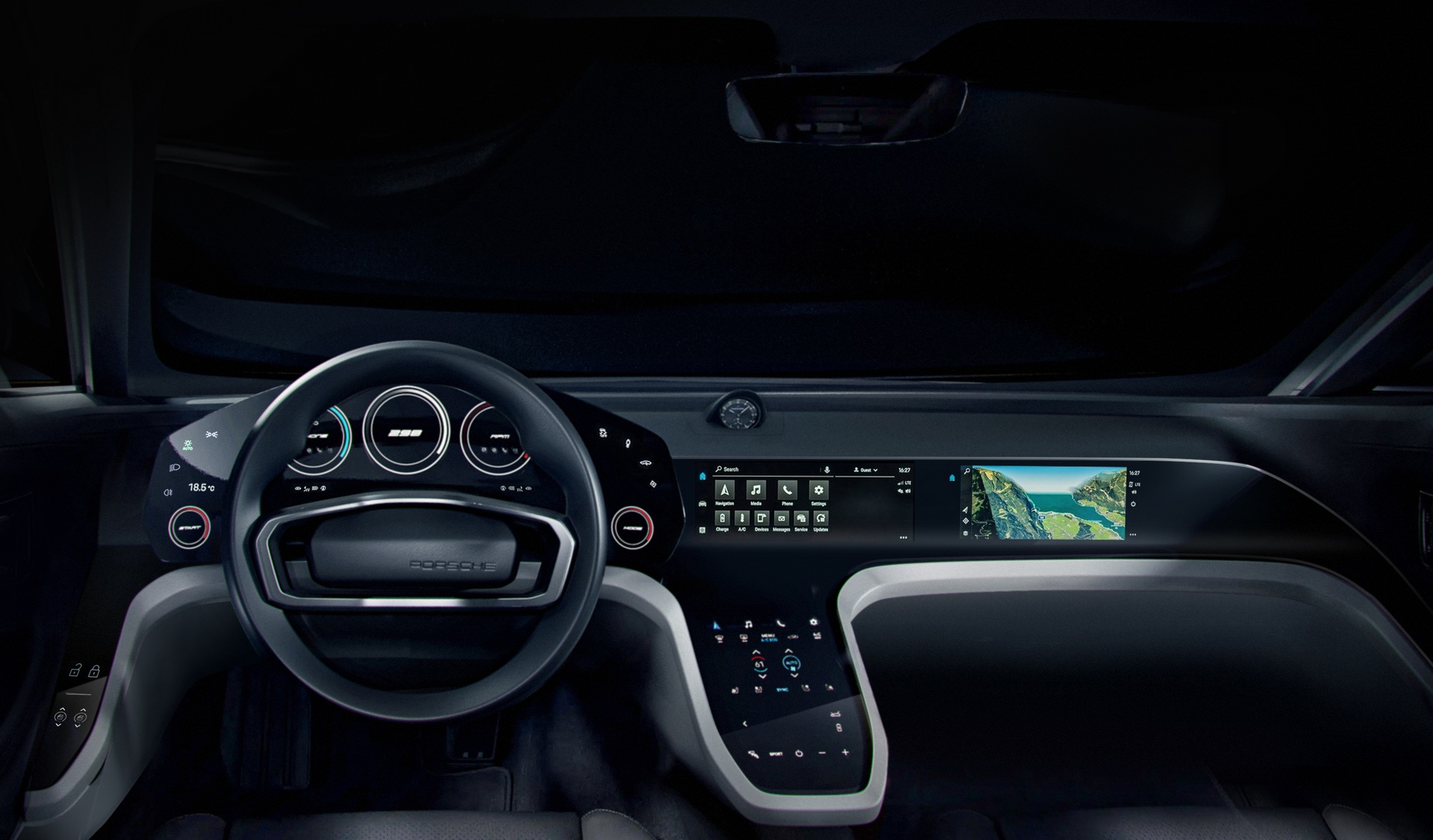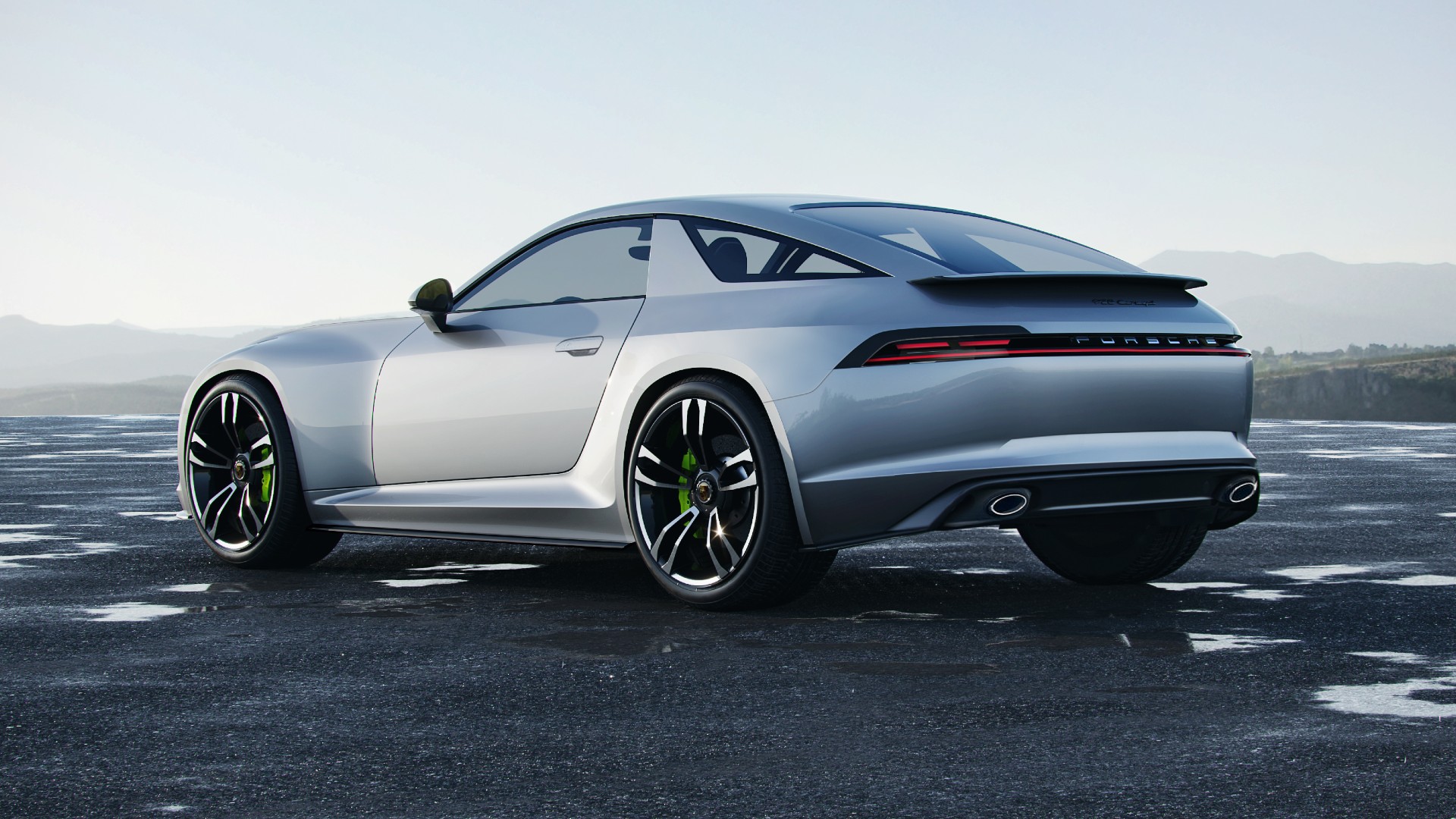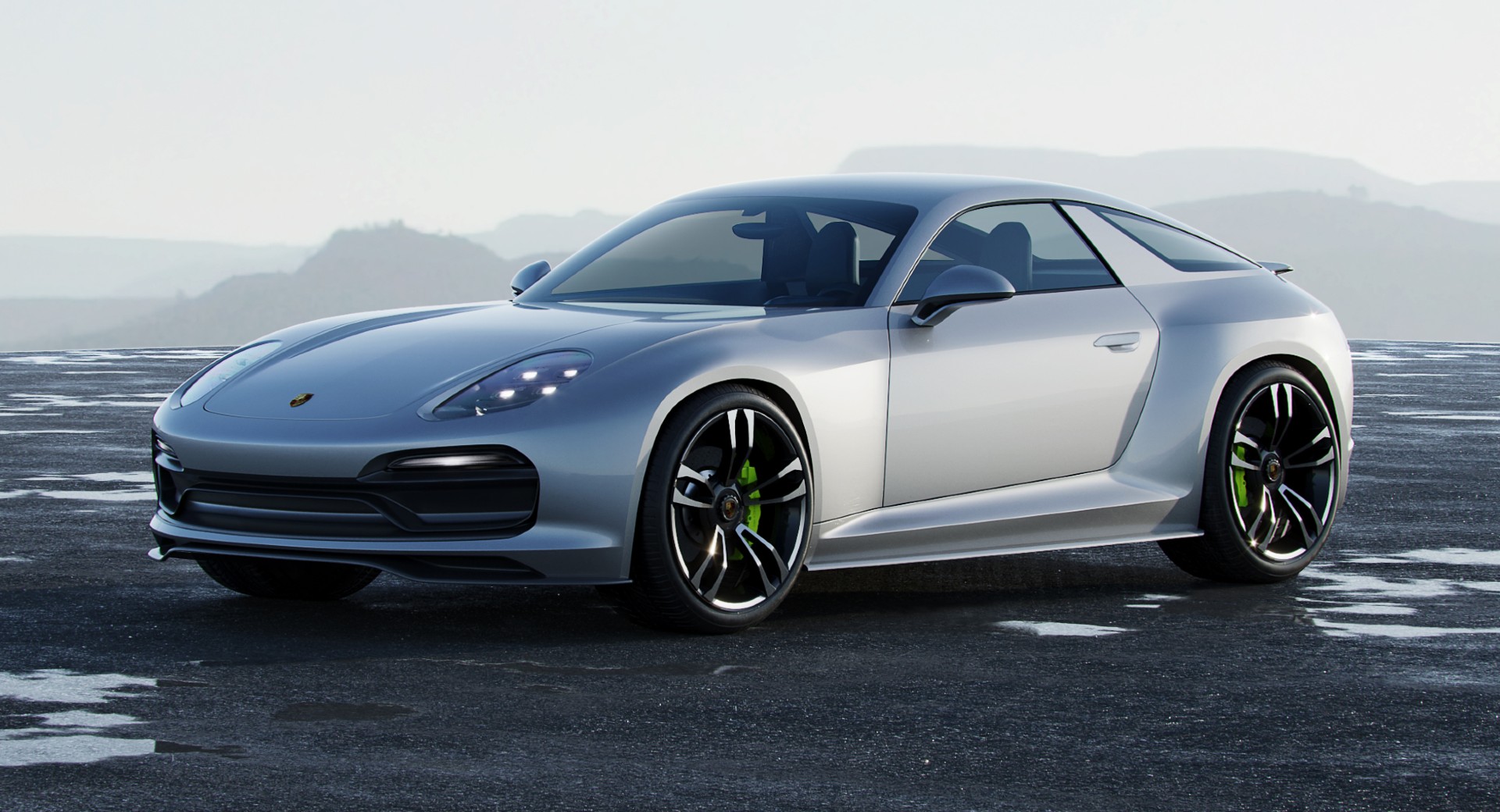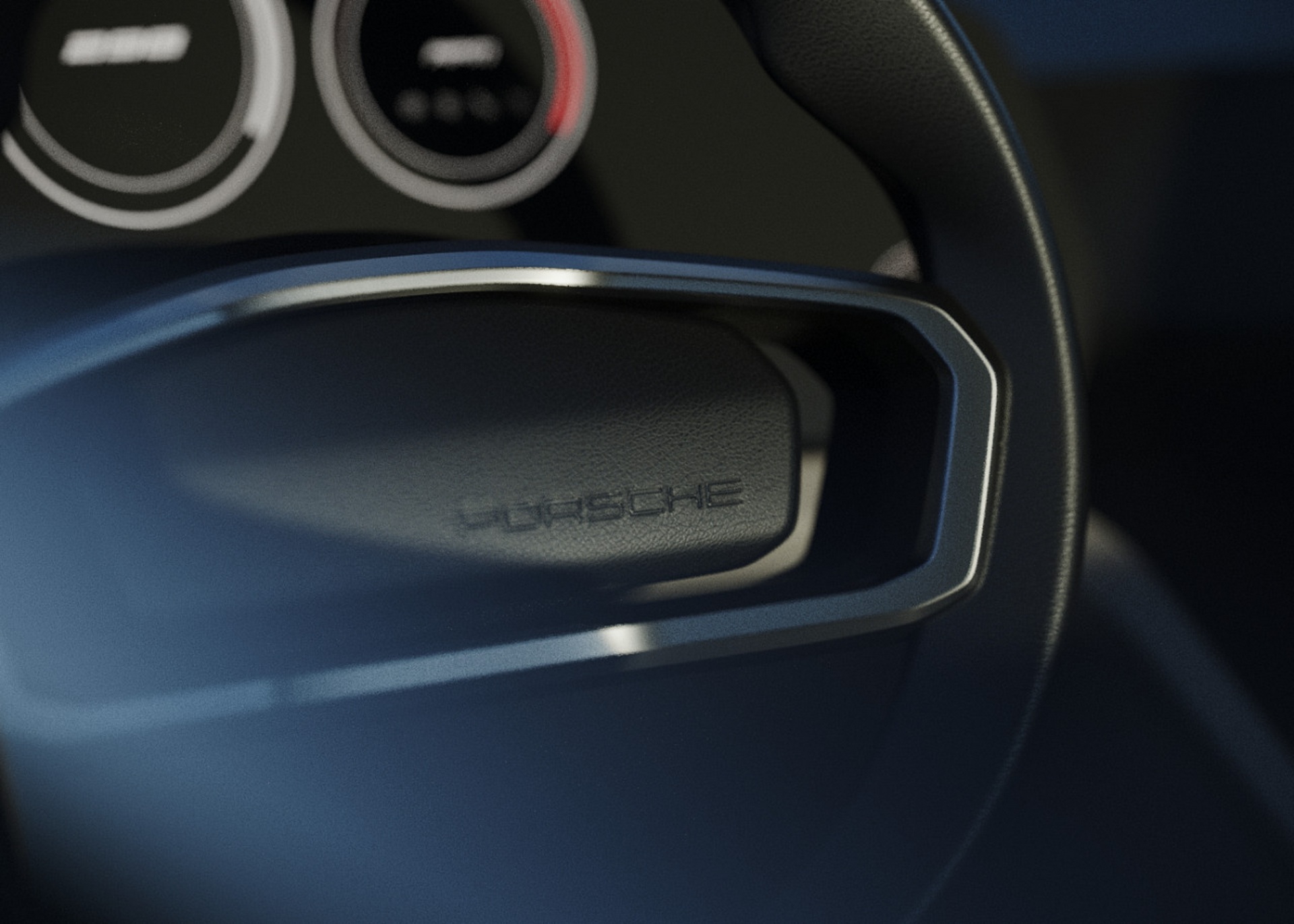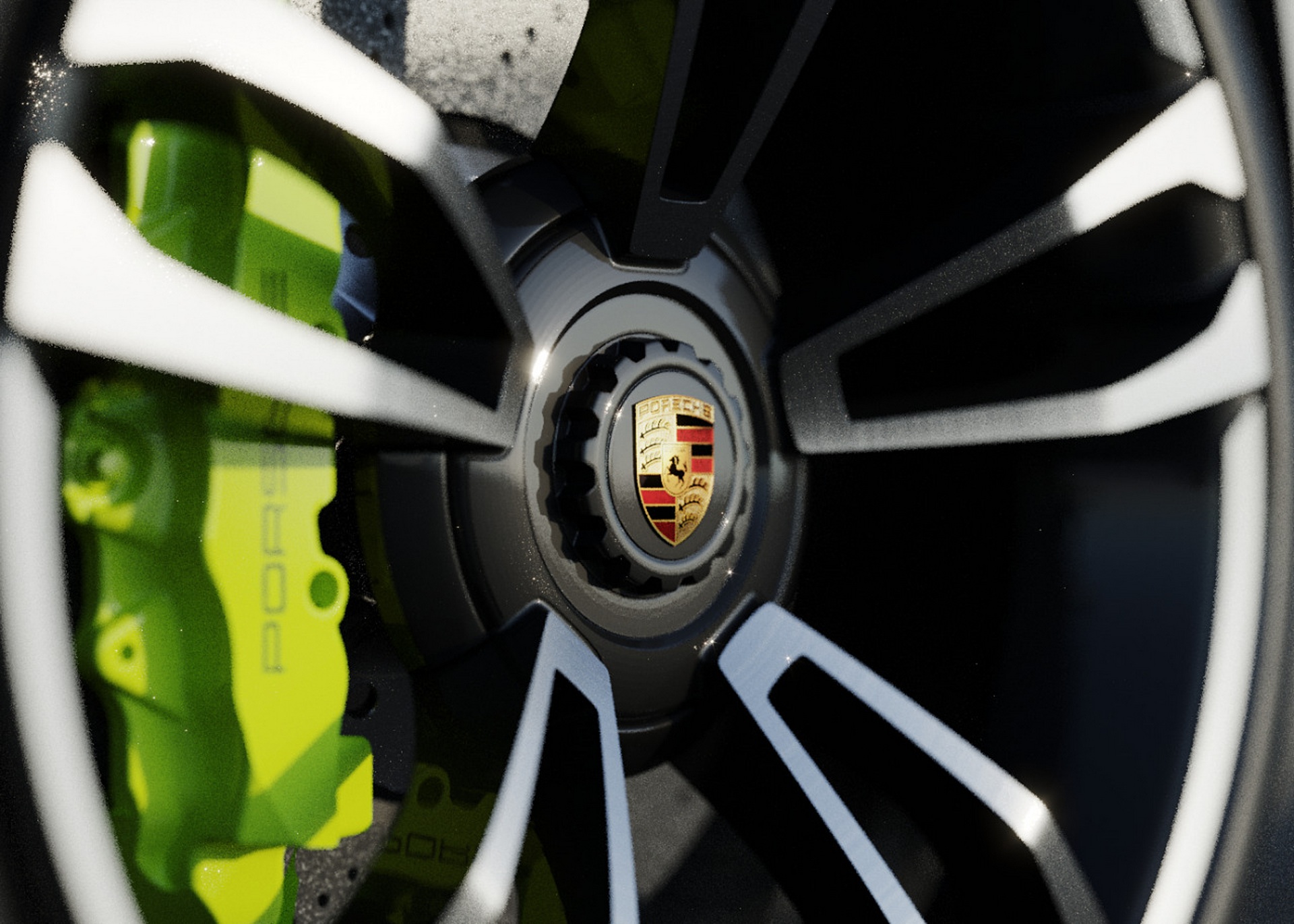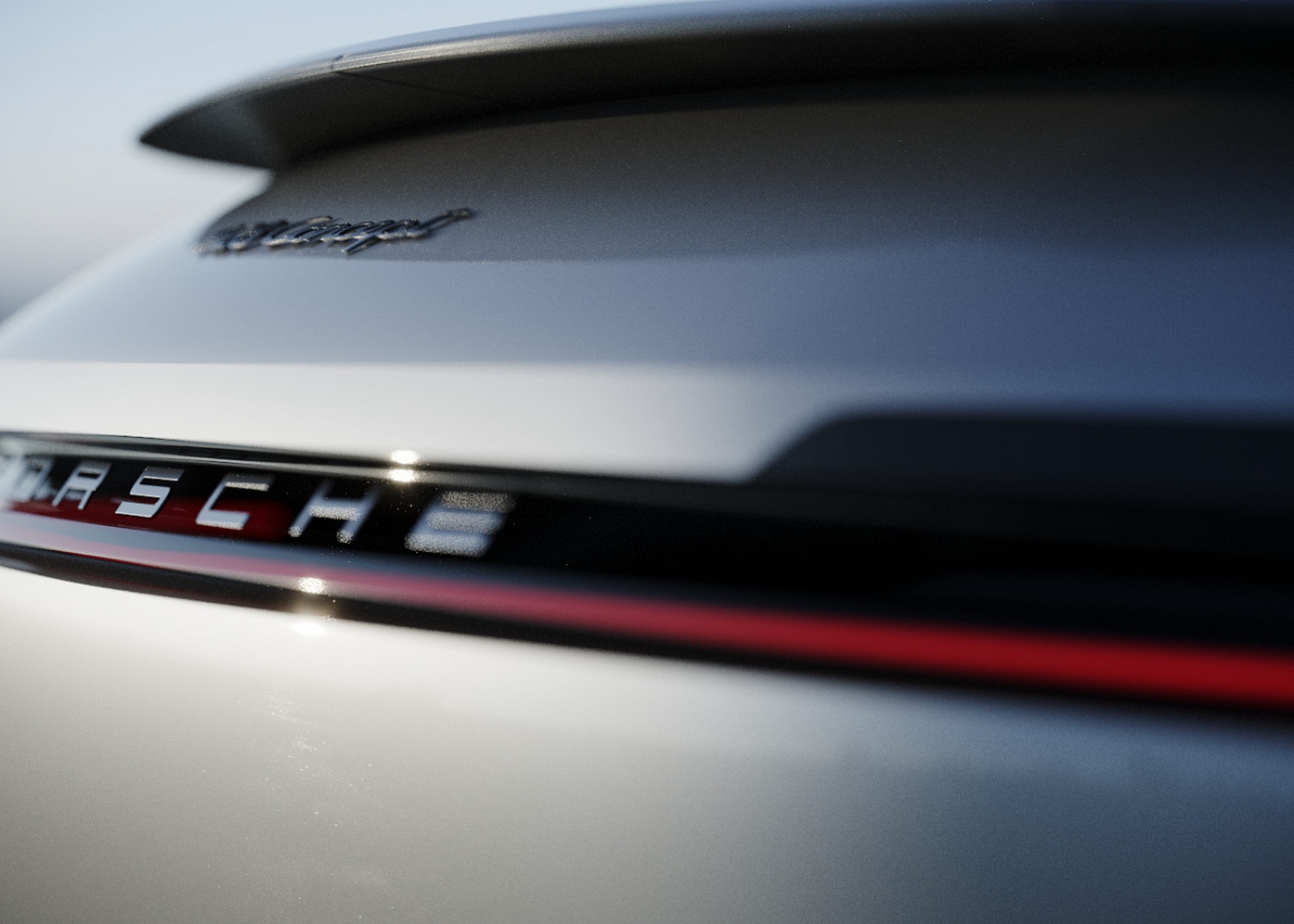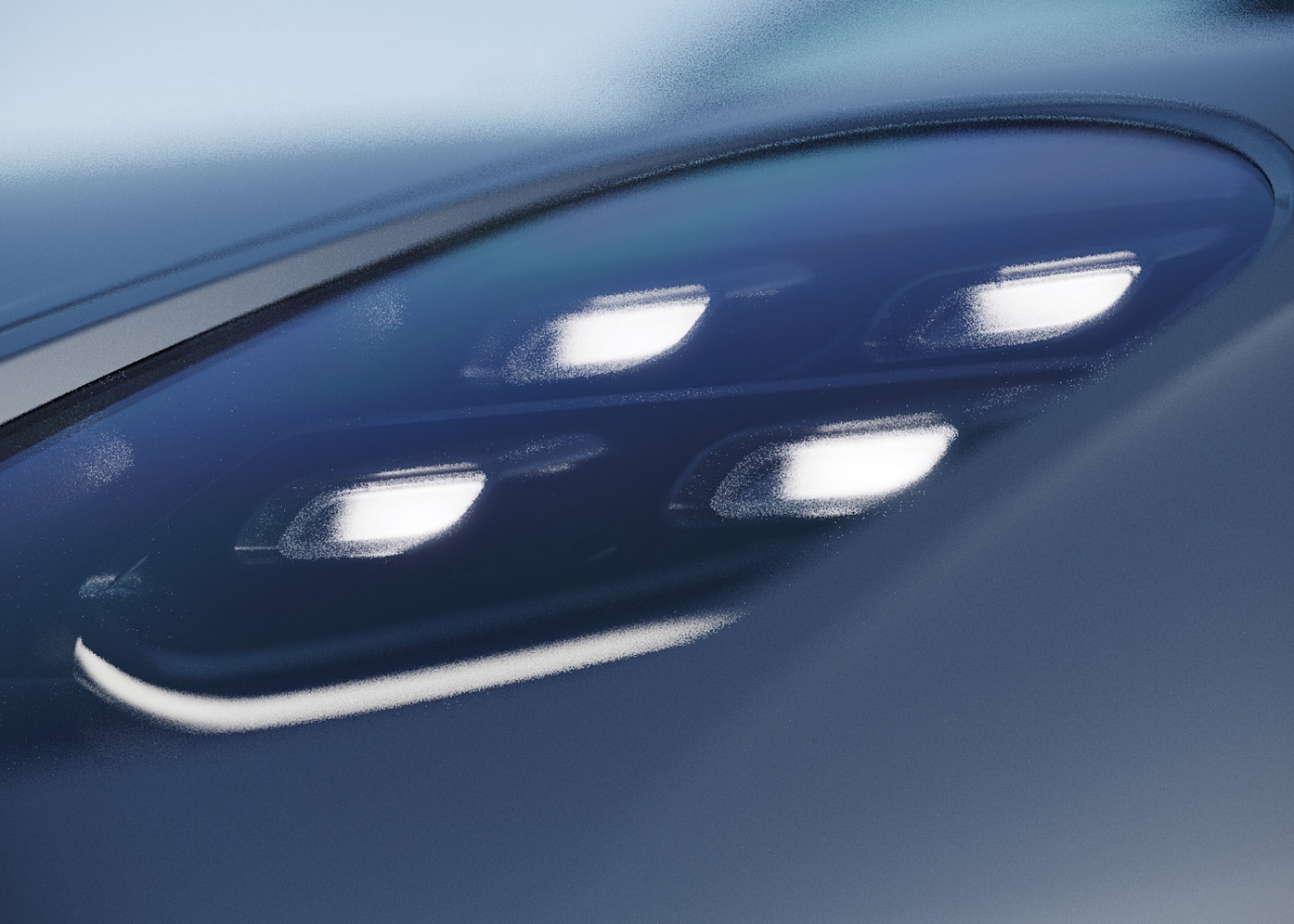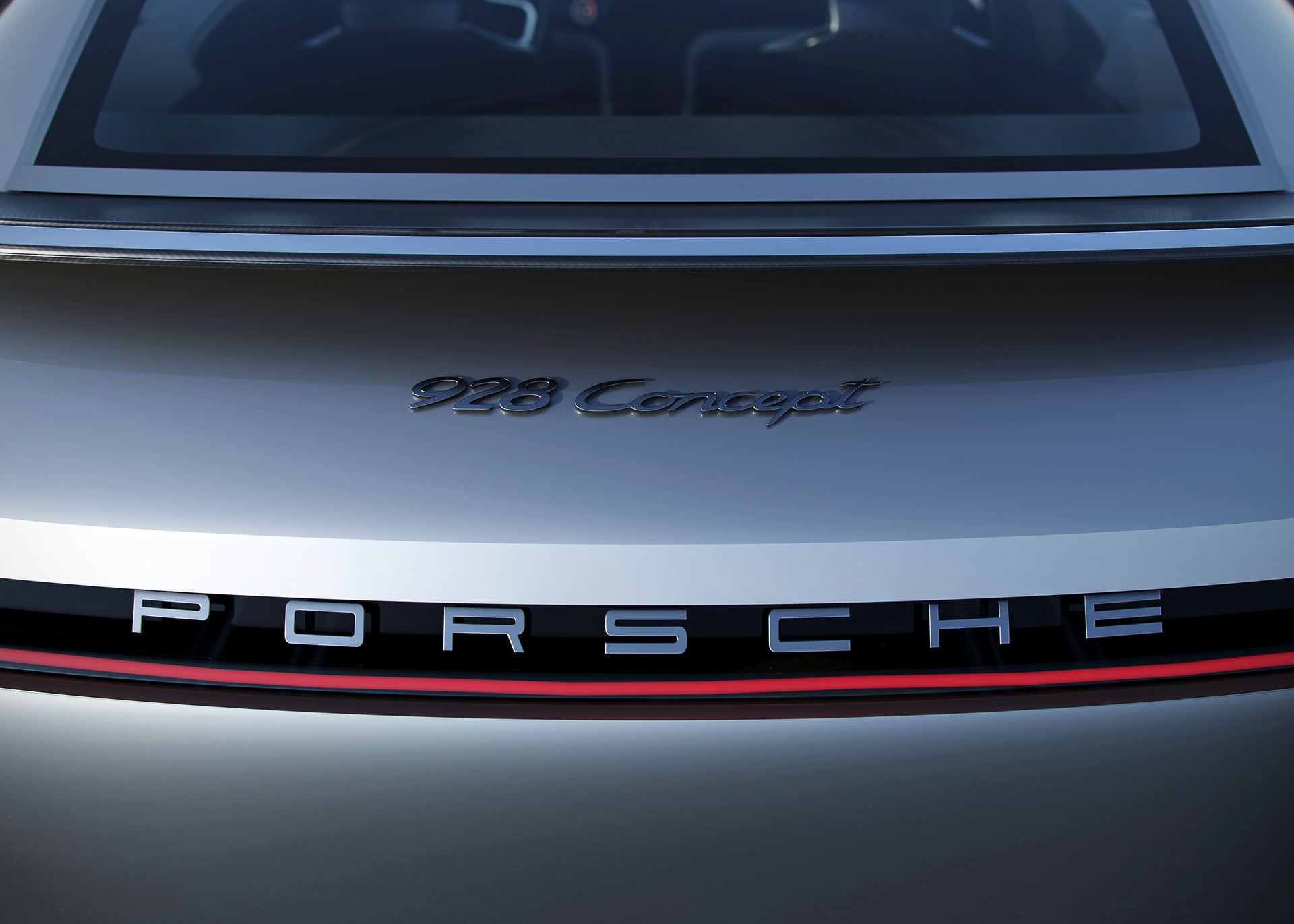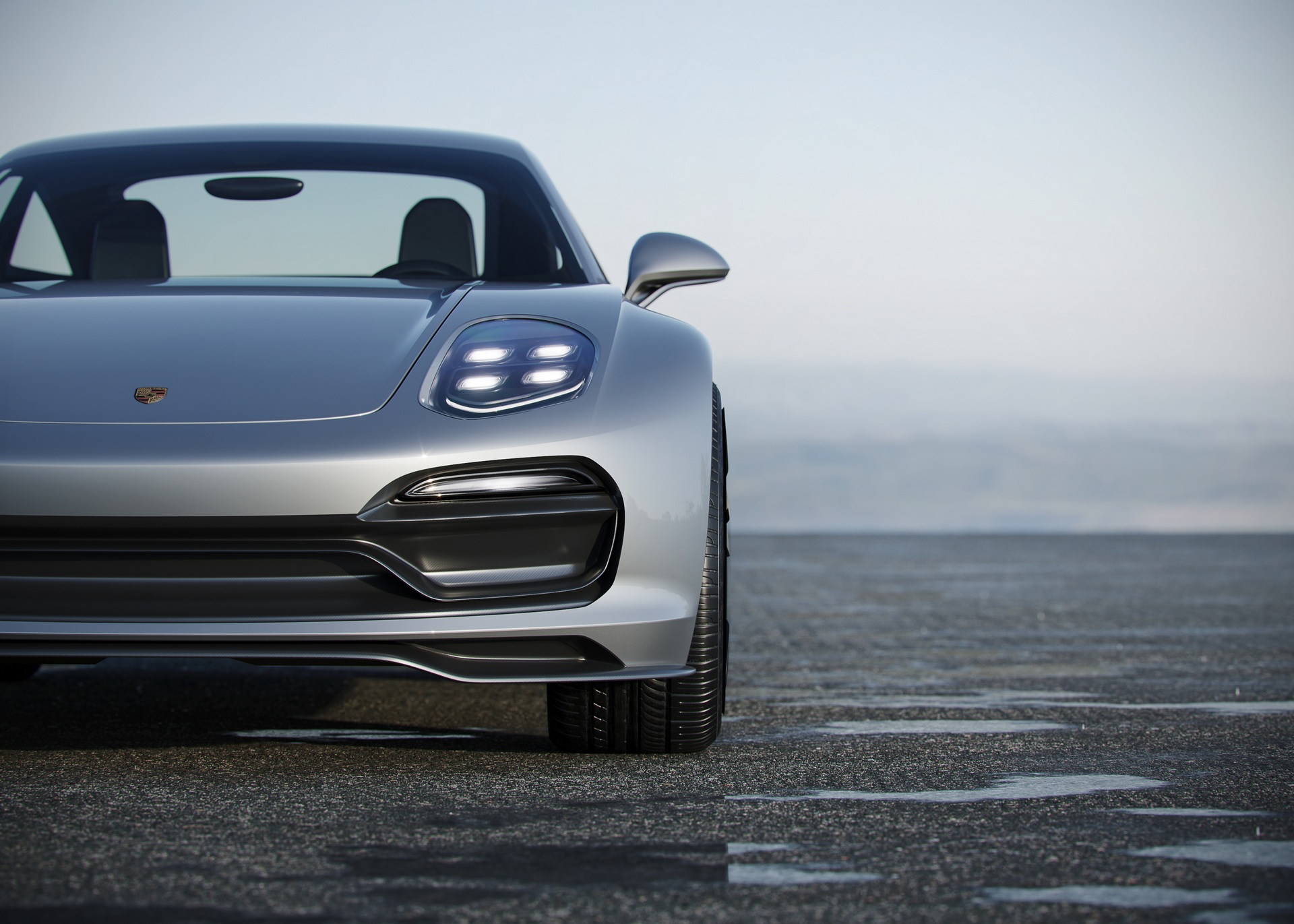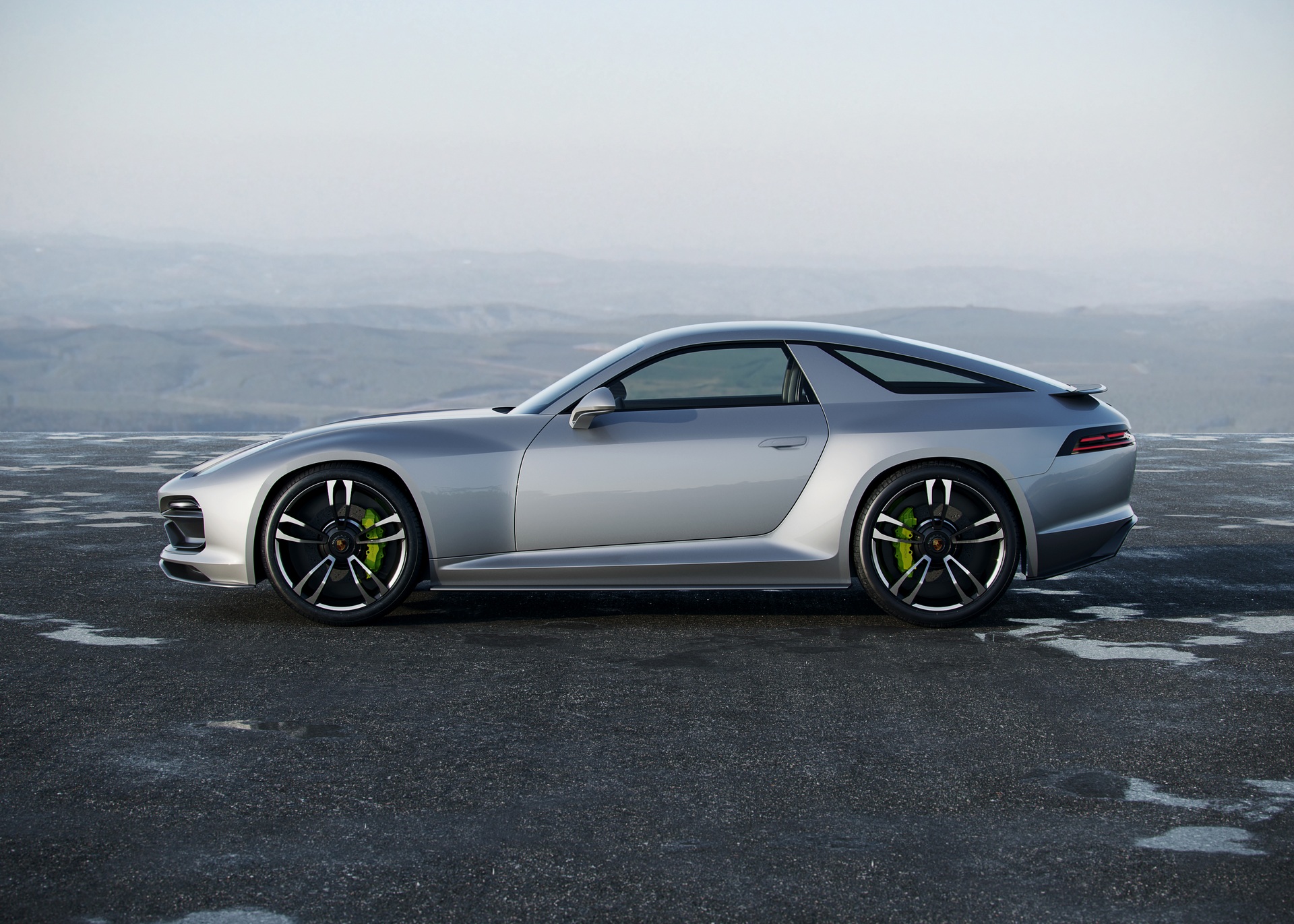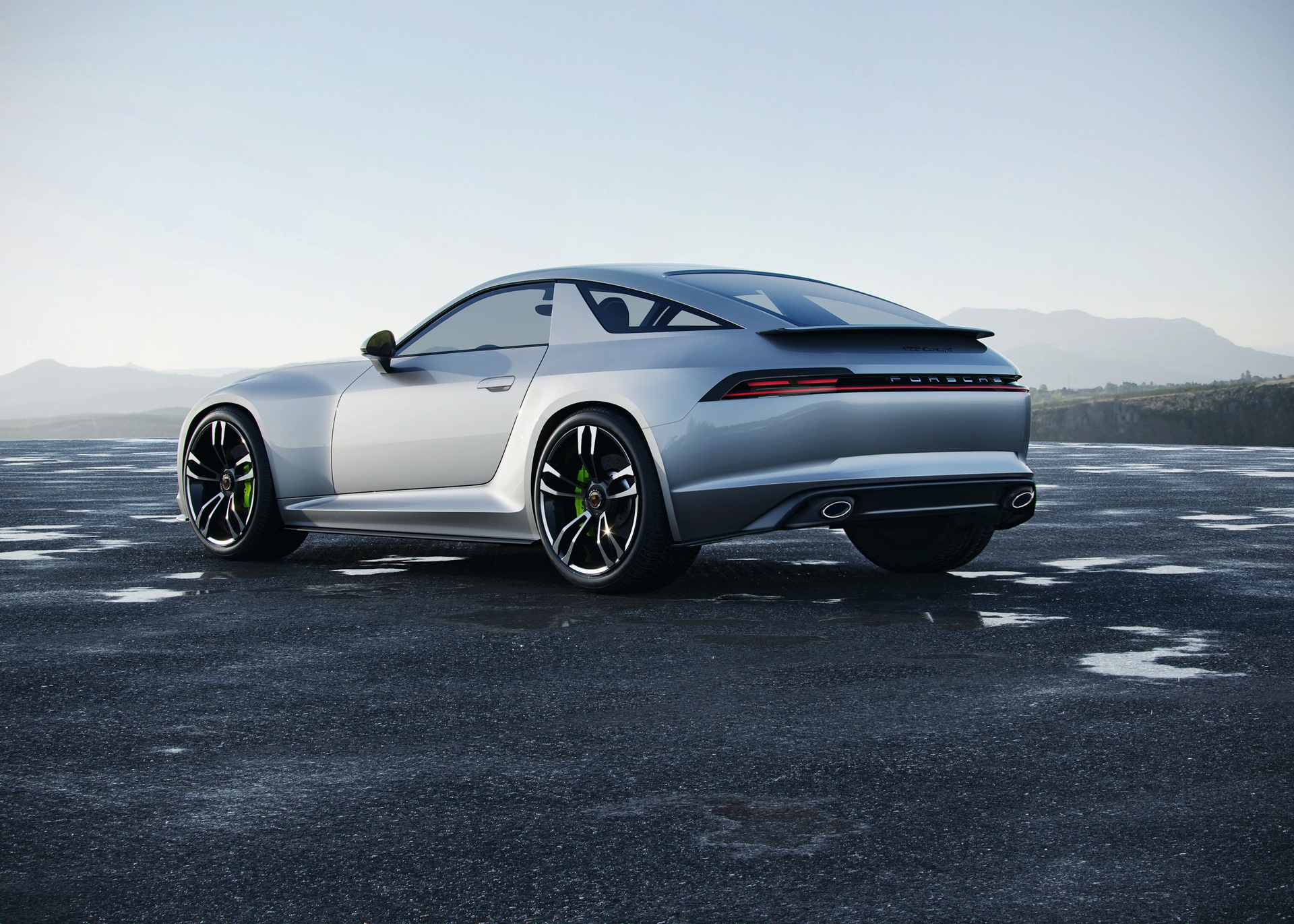This article contains illustrations for an independent design study from Guilherme Knob and João Schendel who are neither related to nor endorsed by Porsche.
The Porsche 928 stunned the world back in 1977 with its futuristic styling, luxurious 2+2 cabin, great performance, and predictable handling. Initially designed with the goal of succeeding the legendary 911, sales never took off, with a total of 61,000 units leaving the factory during an 18 year-long production run – and it was axed in 1995, while the 911 is still going strong.
Despite that, the 928 has a loyal fanbase. Among them, Brazilian automotive designer Guilherme Knop who, fascinated by the sexy shape of the 928, decided to put his skills to the test and create a modern version of the grand tourer with the help of CGI expert João Schendel.
Today, the rear-engined 911 with its countless variants still holds the crown of one of the best sportscars ever made, getting better and better with every generation. However, we can’t help but wonder what is going to happen with Porsche’s range as we move to the era of electrification. Speaking of fully electric cars, the 2020 Porsche Taycan is a fine example of automotive engineering so it was obvious for Guilherme to use the J1 platform as a base for his independent design study.
Read Also Happy 40th Birthday To The Porsche 928
Envisioning the modern 928 as a fully electric grand tourer didn’t bring dramatic changes to its characteristic shape. The digital concept car stays true to the front-engine rear-wheel-drive layout and the proportions of the original. After all, the 928 designed by Wolfgang Möbius under the watchful eye of Porsche’s Chief of Design Anatole ‘Tony’ Lapine, was the first front-engined Porsche under development, although the entry-level 924 reached the market first.
Guilherme fell in love with the 928 after watching Tom Cruise’s movie Risky Business. He also states that the body volumes of Porsche’s flagship were similar to the 1972 Volkswagen SP2 designed for the Brazilian market.
As is the case with all modern cars, the hypothetical 928 successor has grown in size and is naturally fitted with large-diameter wheels. The designer kept the long bonnet, the boxy fenders, the sloping roofline, and the signature B-pillar, simplifying a few details for a cleaner look while making the body more muscular.
At the front, the headlights are positioned next to the flat bonnet, emphasizing the wide fenders. Their rounded shape is reminiscent of the original’s pop-up units and the four-point LED graphics follow Porsche’s latest design trend.
The large black opening on the front bumper is mostly covered as a fully electric car doesn’t need the same amount of cooling. However, it serves its purpose as a sporty graphic resembling Porsche’s GT models and making the front end look sportier with the help of the splitter.
Moving over at the back, a 928 isn’t a 928 without the large rear windshield and the characteristic triangular-shaped side rear windows. The high-positioned taillights are a lot slimmer though and feature full-LED graphics with Porsche lettering similar to the Taycan. There is also a discreet rear spoiler and a large bumper even though the designer doesn’t emphasize the three-face shape of the tail as much as the original, with the lower part giving us Jaguar F-Type vibes.
Ignore the quadruple exhaust pipes on the diffuser as there is no such thing in a fully electric car. The designer said he tried using the Panamera platform but it was too large for a 2+2 Grand Tourer and this is why he changed to the electric J1 architecture of the Taycan.
Read Also: Big Booty Porsche 928 Koenig Widebody Is Oh-So-80s!
Inside, the beautiful steering wheel attracts the eye as a nod to the past, modernized with aluminum inserts. The dashboard is full of screens – a digital instrument cluster, a central touchscreen, a touch panel on the center console, and a front-passenger display. It seems that the only analog thing is the traditional clock on the top of the dashboard as even all the controls are touch-sensitive – even the door-locks. While we appreciate the effort, we have to say that we prefer the layout of the Porsche Taycan; a carryover would make more sense.
We don’t have any more pictures of the cabin, but considering the position of the two front seats, there would be enough space at the back for two children or a hefty amount of luggage. Given its fully electric nature, there would also be a second luggage space at the front, making the 928 even more practical for longer journeys.
So would you like to see a Taycan-based fully electric hommage to the Porsche 928? Judging from the ‘Porsche Unseen’ book published last year, we wouldn’t be surprised if the people at Zuffenhausen have toyed with the idea.
About the designer: Guilherme Knop is a professional automotive designer from Brazil who worked for Volkswagen’s design studios in Potsdam (Germany), Wolfsburg (Germany), and Sao Paolo (Brazil) mainly designing cars for the South American Market. He designed the interior of the Fox, contributed to the exterior design of the Nivus, penned the 2016 Gol GT and 2018 Tarok Pickup concept cars and developed many projects for the production line such as the Gol, Polo, Virtus, and T-Cross. Guilherme also has product design experience in Electrolux home appliances. Recently he started his own design consultancy firm “Gak Design” helping startups and his YouTube channel “O Design” showcasing the design process of automobiles.
The 3D design and the impressive 3D renderings were created by industrial designer and CGI expert João Schendel from Sao Paolo, Brazil, who is also a huge Porsche fan.




